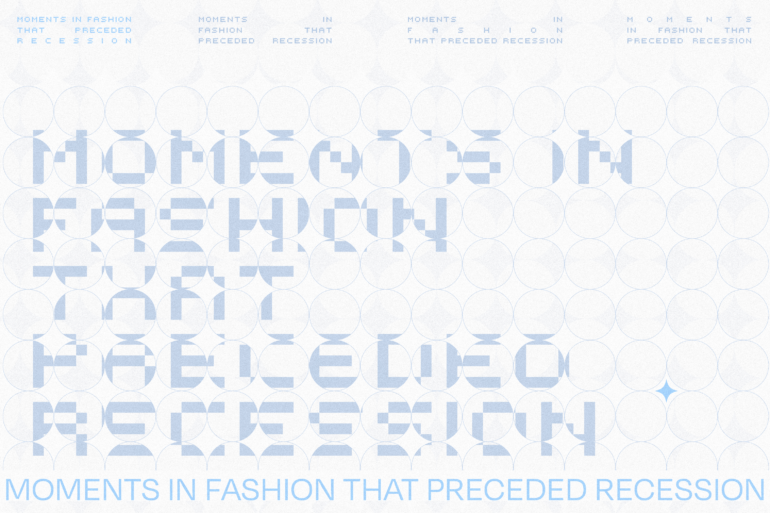I noticed something small—potentially harmless and definitely underwhelming—on red carpets as of late. A bare décolletage isn’t anything to write home about, yet when it comes to being styled for events like the Golden Globes, I expect opulence to arrive with an accessory at hand. Consumers value transparency and Capitol-esque fashion when flaunting your wealth is the entire point, but how is a designer meant to admit that there’s no more money for jewels? I’m not even accounting for the Pandora’s box that such a statement would open, and instead, think of the panic that it would enlist.
Death to the necklace may be the tip of the iceberg, but underneath the water’s depth lies fashion’s true adversary: recession. There’s nothing that paints fashion’s connection to everything more clearly than the economy. Trends don’t go out of style, only adopt a form that can survive its current socio-economic landscape. Whether I think the lack of jeweled accessories on red carpets comes down to capitalistic woes and speculation doesn’t matter. This isn’t the first time that buying habits changed in the face of economic uncertainty.
Have you been De-influenced yet? There’s been a spike in anti-haul content on TikTok, where users share (and bash) items online, in-store, and packaged in PR boxes. Glamorizing overconsumption is no longer fashionable. Wait two to three months and it might make its way back onto a trend forecast list. Maximalism and bright, colorful pattern-clashing trends came out of the pandemic. How else would we be able to distract ourselves from grim reality if not for an entire color wheel overwhelming our senses. Not only is that a trauma response, but also trend adaptation. Fashion influencing is through thoughtful critique and genuine creativity in the face of losing time, money, and freedom.
Post 9/11, the world entered an age of terrorism, panic, and conflicting perspectives to who had a right to fashion. Consumers lacked the confidence to participate in trends when everything felt meaningless in comparison to the tragedy. The freedom to participate in fashion was praised in the same breath that burqas were dismissed and demonized. The very notion that cultural clothing could be positioned as an emblem of (anti)democracy situates fashion as a medium to impact politics in favor of the (imperialist) voices in charge.
In 2008, I was playing with my Wii and my parents’ divorce papers. More conscious members of society were terribly poor (had empty pockets at least once) and reluctantly minimalist (felt guilty for shopping during trying times). Prior to the Great Recession, you could not separate bling from clothes, jewelry, and accessories. Fashion was noisy and blaring, which only made the silence after the economic crash more unsettling. Buying habits of even the wealthiest shoppers was subject to change, albeit subtly. Consumers opted for quiet brags, timeless pieces, and the collective decision to prioritize quality over quantity. Nobody wanted to walk around with logos extensively all over the garment. Dressing in gaudy clothing could only be done by the most illiterate room readers.
Even if it offers no comfort at all, there is a constant that will always ring true. Fashion, politics, and economy go hand in hand, and the deadly trio will devastate the world for many eras to come, uncertainty be damned.
Words by Bri Shufford.
Graphic by Fai McCurdy.

